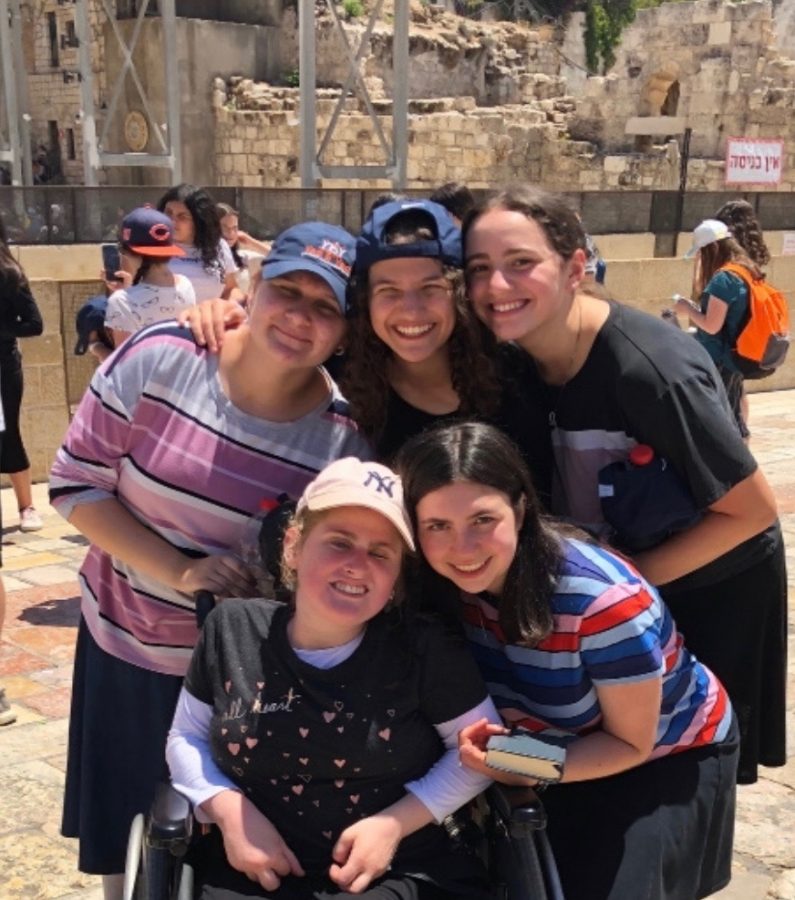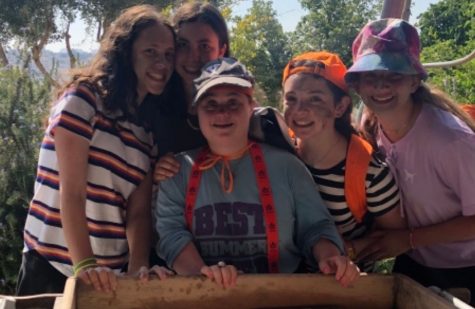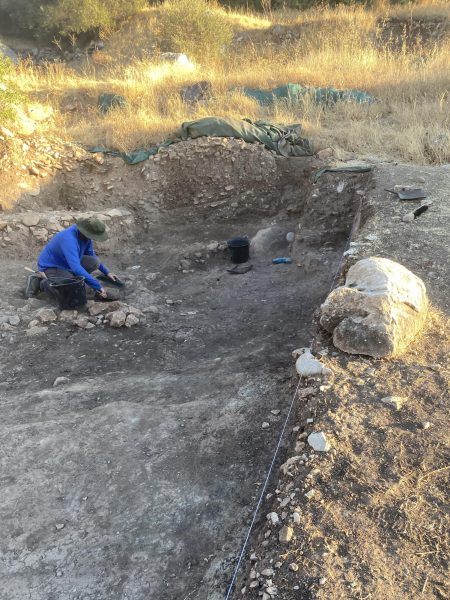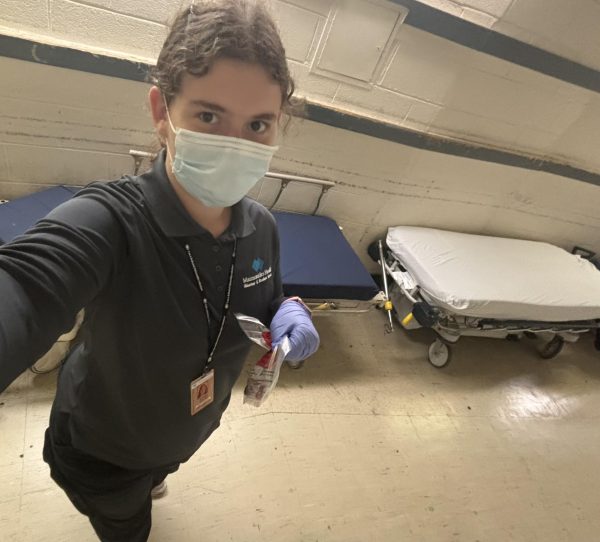A Summer of Inclusion
Imagine walking into a room full of clusters of friends deeply engaged in conversation. Someone looks up and sees you, and there is a quiet murmuring as all eyes turn your way. Suddenly, half the room rushes toward you. “You’re so cute!” someone exclaims as she pinches your cheeks. “Can we be best friends?” someone else asks. “Let’s take a picture!” Five minutes later, the circles have reformed, and again, everyone is engrossed in their own conversations. A moment ago you were the center of attention, but now, you are uncomfortably laughing at a joke you didn’t hear. We’re all taught to be kind to those with developmental disabilities, but what does inclusion really mean?
Yad B’Yad, a program run by Yachad, brings together mainstream high school students and developmentally disabled young adults on a four week summer trip to Israel. Yachad’s mis- sion is to ensure that every Jew is welcomed and included in the Jewish community. None of the 79 participants on Yad B’Yad are separated based on his or her mental or physical capabilities.
For the mainstream students, the trip began with a three day orientation to sensitize us to the experiences of our developmentally disabled peers. We read stories while sucking on six lollipops to appreciate the difficulty some people have communicating clearly. Flashing lights and loud noises were used to create the feeling of sensory confusion that some people with autism experience. In another activity, we wore labels on our foreheads that described how we should be treated.
Some labels read, “treat me like my face is disfigured” or “speak to me in a baby
voice.” Although this activity didn’t compare to experiencing these challenges daily in real life, the exercises helped me appreciate the hurdles my would be future friends deal with all the time. An invitation to join a group and 30 seconds of background about the conversation can change someone’s day. Over the course of the orientation, we learned about the power of inclusion.
In Israel, inclusion took on many forms. Every hike was wheelchair accessible; songs kept every- one engaged during “boring” moments; our guides used multi sensory tools for tours. In each of eight hotels from the Golan Heights to Eilat, we roomed with different participants, both with and without disabilities. On the trip, the bonds of friendship deepened. We started on a party boat on the Kinneret. With blaring Hebrew music and dancing, we sang “Am Echad, Shir Echad,” or “One Nation, One Song”, and quickly became one group. On Tisha B’Av, we sat together in a tight, supportive circle overlooking the ru- ins of the Beit HaMikdash. Together, we rafted down the Jordan River, spray painted walls in Tel Aviv, fell off banana boats in Eilat, rode donkeys and camels in the Negev, slept in Bedoiun tents, and davened at the Kotel. We learned about the horrors of the Holocaust at Yad Vashem and honored Israeli soldiers at Har Herzl.
Yad B’Yad focuses on friendship. At times, it was challenging to befriend some Yachad participants; it took time and effort to communicate with them. Over the four weeks, though, I developed connections with my Yachad friends in different ways than I usually do.
One night, Emily, my roommate, wanted to shut off the lights before the rest of us were ready for bed. We tried to negotiate with her- maybe we could only turn off the main light? But, Emily was adamant- she needed it to be completely dark. That first night, all five of us fell asleep bothered by how frustrated we had been.
The next morning, determined to make amends, I sat next to Emily on the bus. Initially, the conversation was tense as she was upset from the night before. Gradually, we began to talk and were soon writing a story together. As the bus sped through the country, Emily and I were engrossed in a world of brownies and cookies where the pastries saved Israel. That night, we lay in bed and finished our tale as Emily fell asleep. On another occasion, Michael, a nonverbal participant, and I were writing thank you notes to our counselors. I noticed Michael was scribbling all over his page and struggled to communicate his thoughts. I gave Michael my phone to type out his words, but it did not work. Eventually, a counselor wrote the note for him. I felt frustrated for Michael. It seemed that he simply could not communicate his appreciation. Later in the week, I was with Michael in the Weizmann Science Park. As we walked through the park, we found a thermo graphic camera in which we watched our faces turn red, orange, and blue. Michael and I waved at the camera and laughed as we watched ourselves wave back on the screen. Through the rest of the park, Michael and I examined different plants, blew bubbles, and played a matching game. On the last day, I watched as Michael hugged our counselor; he did not need to write a letter to show his gratitude. Michael found a different way to communicate.
Yad B’Yad is termed a “Summer of Inclusion.” The truth is, there are times when we have each needed to be included and times when we have each had the opportunity to include someone else. I can think of countless moments when I have been on each side of the equation. Sometimes, we make assumptions about others, with and without disabilities: they won’t be able to understand our conversation, they aren’t going to have anything to add, they don’t want to be included. Those initial thoughts prevent us from taking a step back and expanding our circle. But, when you take the time and effort to remove the label stuck on someone’s forehead and include them, really include them, by catching them up and opening the conversation, you may have the privilege of finding some of the most genuine people you will ever meet. (Names of participants were changed to protect their privacy.)




